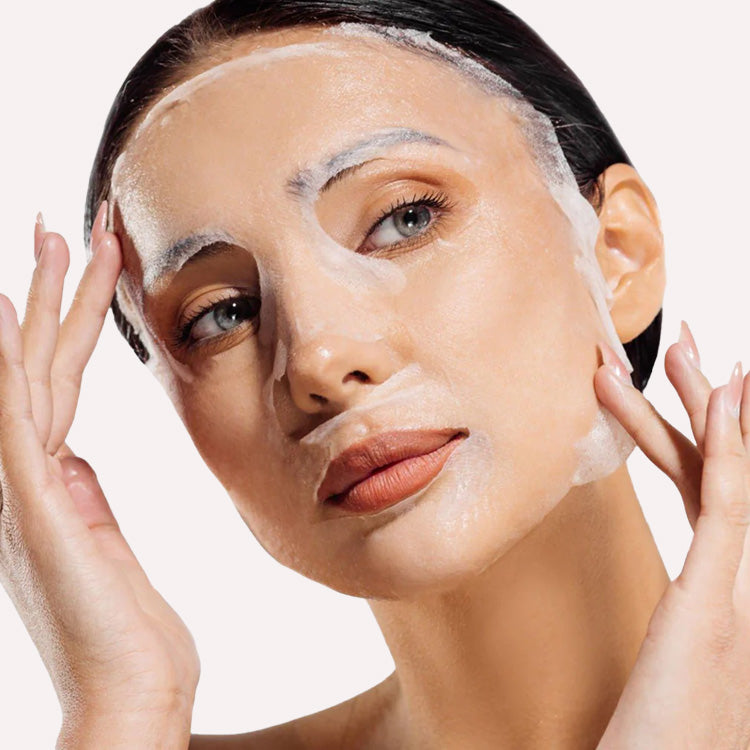Captivating Portraits of Royal Children Through the Years
Royal children have long been the subject of fascination, both for their status and their innocence. Captured through the lens of time, these portraits reflect not just their youth but also the grandeur, tradition, and evolution of royal families across the globe. From the opulent dresses of the past to the contemporary styles of today, each image tells a unique story.Early Portraits: A Glimpse into Royal Life
The earliest portraits of royal children often depicted them in formal attire, embodying the dignity and heritage of their family. Painters captured these young royals in settings that highlighted their lineage and status.- The Miniature Portraits: In the 16th and 17th centuries, miniature portraits became popular. These tiny masterpieces often depicted royal children adorned in lavish garments, surrounded by symbols of their future roles.
- Symbolism and Allegory: Artists infused these works with significant symbolism. For instance, a child might be shown with a scroll, symbolising knowledge and the future responsibilities of their birthright.
- Boys and Girls Depicted Differently: Interestingly, boys and girls were often portrayed according to the societal norms of the time. While boys donned royal garb, girls were often depicted in splendid dresses adorned with jewels, reflecting their roles in marriage alliances.
Victorian Era: The Rise of Photography
The Victorian era marked a significant shift in the portrayal of royal children, thanks to the advent of photography. This change brought a new level of authenticity to royal images, allowing for a greater exploration of personality and emotion.- Candid Moments: Photography captured more natural expressions and poses. Unlike traditional paintings, which often required subjects to sit still for long periods, photographs could capture spontaneous moments, portraying royal children with a sense of playfulness.
- Outdoor Portraits: The natural world became a backdrop for royal children—a departure from the rigid, indoor settings of earlier portraits. Captured frolicking in gardens or playing with pets, these images painted a more relatable picture of royal life.
- Family Dynamics: Portraits from this period often include siblings and even parents, showcasing bonding moments and a sense of togetherness, further humanising these young royals.
The 20th Century: A Cultural Reflection
As the world evolved, so did the portrayal of royal children. The 20th century saw dramatic changes in social structures, influencing how royal families were perceived and depicted.- A Shift to Simplicity: Unlike previous centuries, the emphasis on elaborate attire faded. Portraits featured royal children in casual dress, suggesting a more modern, relatable royal image.
- The Influence of Media: The rise of newspapers and magazines contributed significantly to how royal children were portrayed. Stories accompanied images, deepening the public’s understanding of their personalities and lives.
- Embracing Change: Many royal children of the time became symbols of progressive values. Portraits showcasing their involvement in charitable works or public engagements helped to enhance their reputations and connect them with the masses.
Contemporary Portraits: The Royal Family Today
In the modern age, royal children are still the subject of captivating portraits that document their journey through childhood. The approach to depicting them today incorporates technology and a keen understanding of storytelling.- Personal Narratives: Contemporary portraits often tell personal stories. Images are curated to reflect milestones such as birthdays, special ceremonies, or developmental stages, creating a narrative not just about the child but about their role in the royal family.
- Social Media Influence: With royal families increasingly utilising social media platforms, images shared can be more spontaneous and candid. The public engages more with the childlike realities of these young royals, enhancing relatability.
- Diverse Representation: In today’s globalised world, there is a greater emphasis on diverse representations. Portraying royal children with a backdrop that includes their cultures and identities enriches the historical tapestry of the monarchy.






















